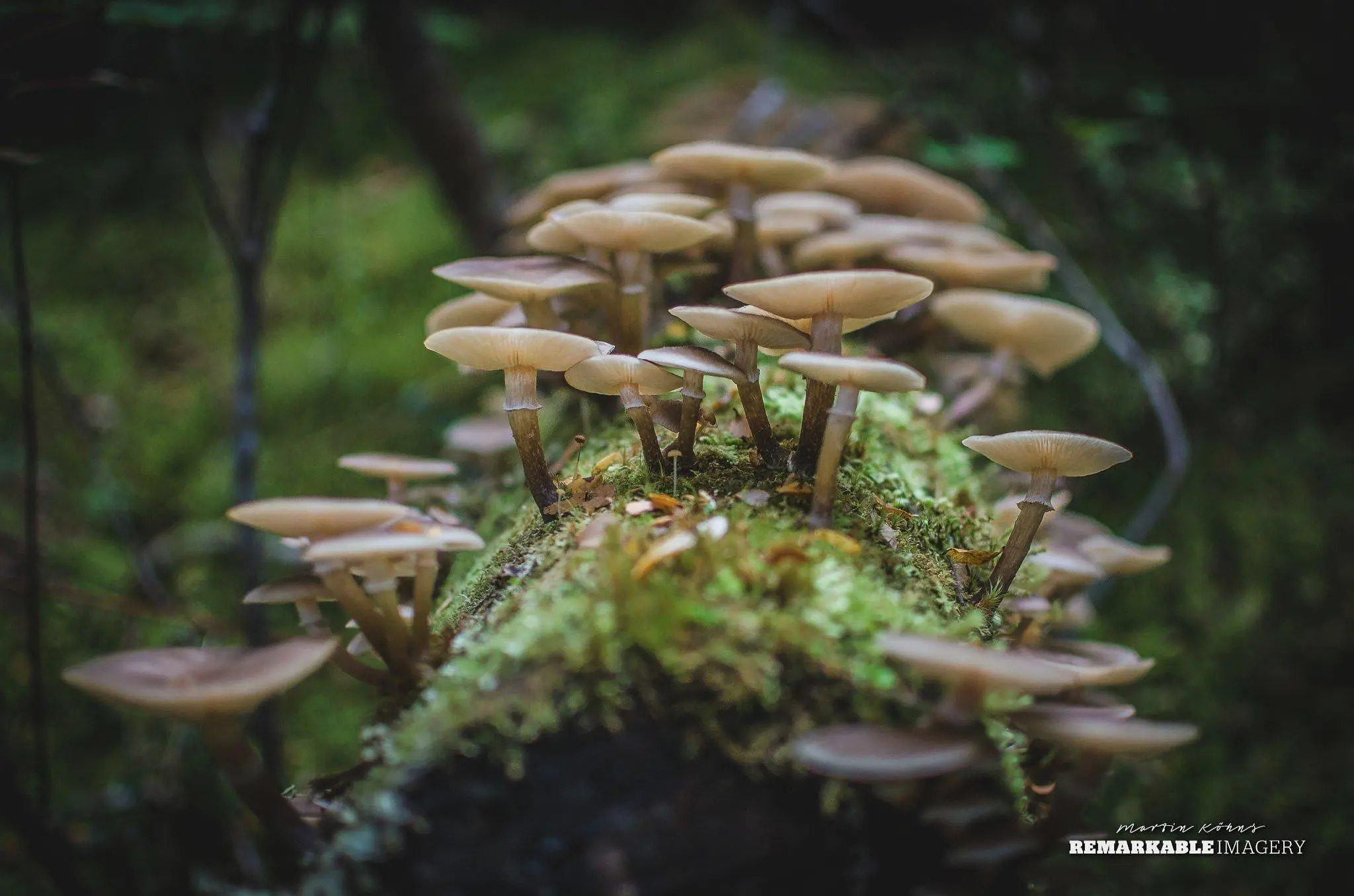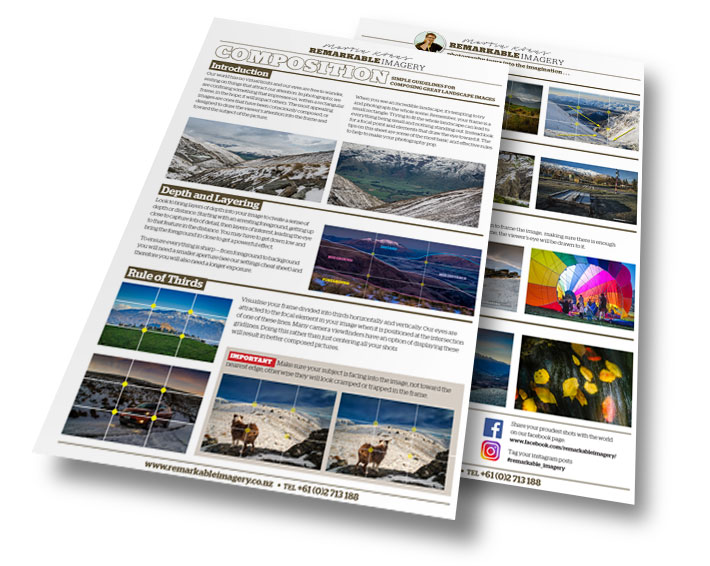
This scene captured my attention on the Crown Range Road, near Queenstown. It was the perfect triangle shape of the hill and the soft winter sunlight behind it. These elements alone wouldn’t capture the viewer in a photo, so I used other elements to draw the eye in and take it there. A single sheep stands in the foreground, almost eyeing the viewer. You can’t help looking at the sheep and then your eye is taken to the flock behind the sheep and then across the image, to the hill in the centre.
What’s The Point
You’re in the great outdoors with the most amazing scene in front of you. You reach for your camera. Before you start snapping, maybe you should ask yourself – WHY? What makes this scene so special. If you can’t answer this question it’s unlikely you’ll capture an image which gives people the same sense of awe you had about the scene.
Whenever you put the viewfinder to your eye, you are deciding what is or isn’t in your photograph. You are the designer of your photo, and you need to make conscious decisions about what will or won’t work for the scene in front of you.
Put simply, composition is how you decide to frame your subject, and it can make or break your photograph. The way the elements of your photograph are arranged within the frame is ultimately what will decide whether other people enjoy looking at your image.
No matter how good your exposure is or how fabulous your subject is: without carefully considering composition, you won’t consistently shoot truly engaging images.
From time to time I’ll be posting techniques of composition, with examples from the glorious scenery around the Queenstown Lakes and Wakatipu. As a designer with many years experience I already new many of these rules and when I moved fully into photography I assumed I would automatically compose great shots. When you are photographing you are excited and it’s easy to just snap away. It takes self control to stop, consider and compose.
A focal point is the key to a good photo. Most images need something for the eye to land on. If it’s not immediately obvious you might have to move around to include a focal point or use techniques like reducing your focal plane to create a place for your eye to go to.

This cluster of fungi on a mossy log looked amazing and beautiful. They have a precise, delicate, fragile beauty, perched like a tiny community on the lush green surface of the log. A focal point is created by opening the lens aperture to f2.0 and reducing the focal plane to the width of one mushroom. Now you see just a few fungi in sharp detail. There is a sense of intimacy between the few examples in sharp focus, with the rest, blurring into the background, giving a sense of this being a population in a much bigger environment.
